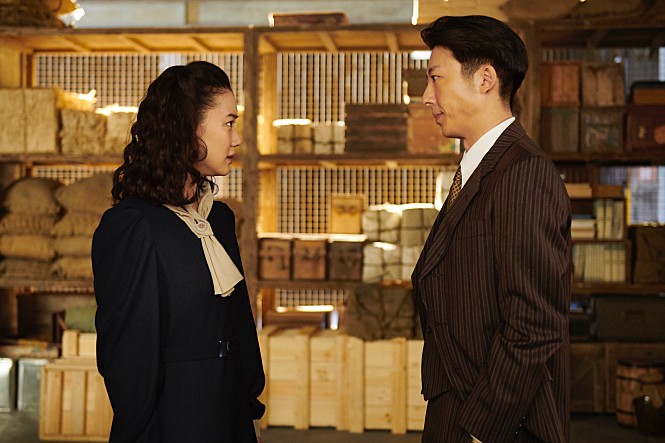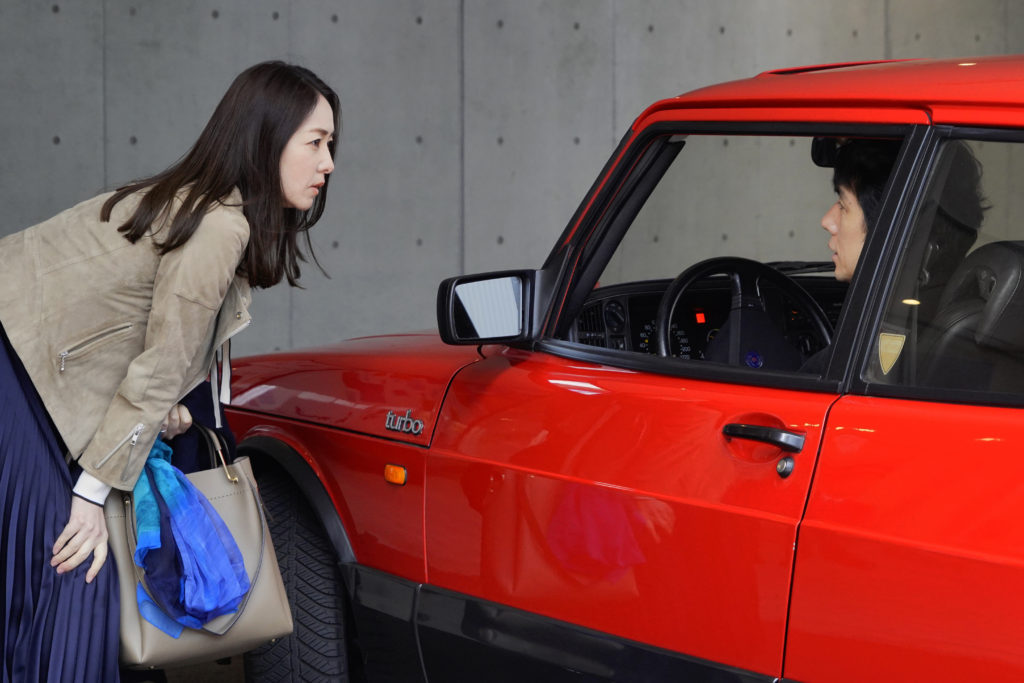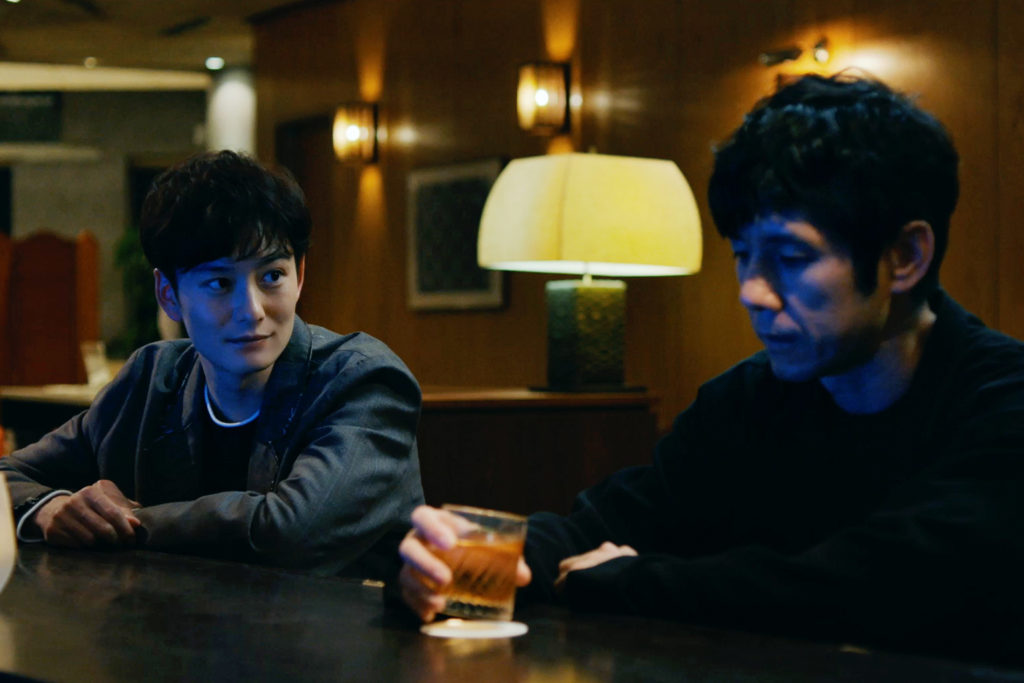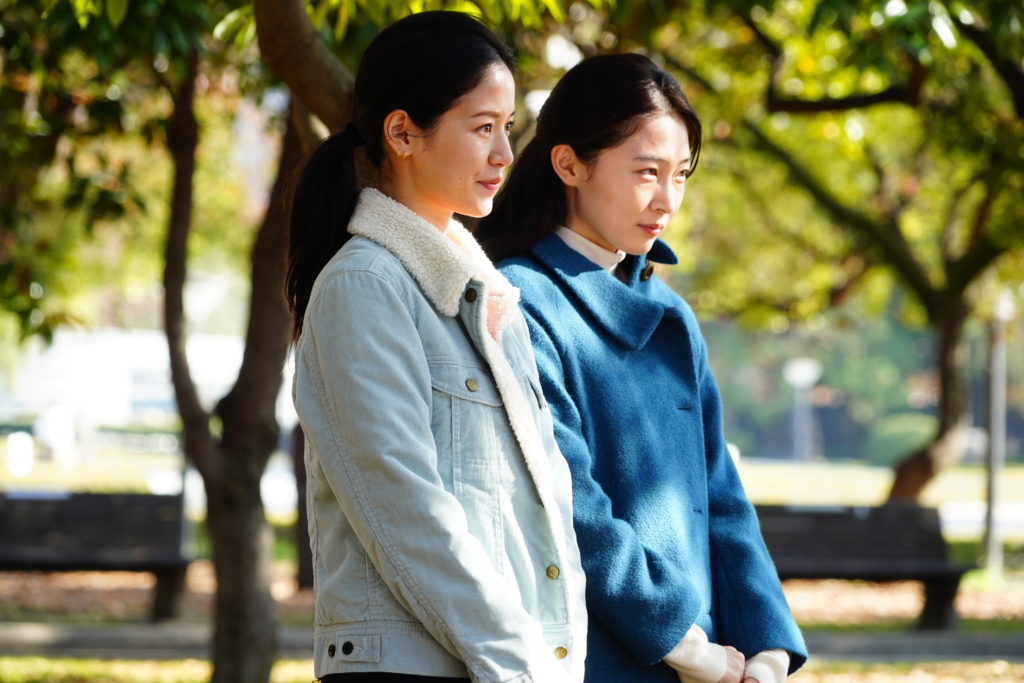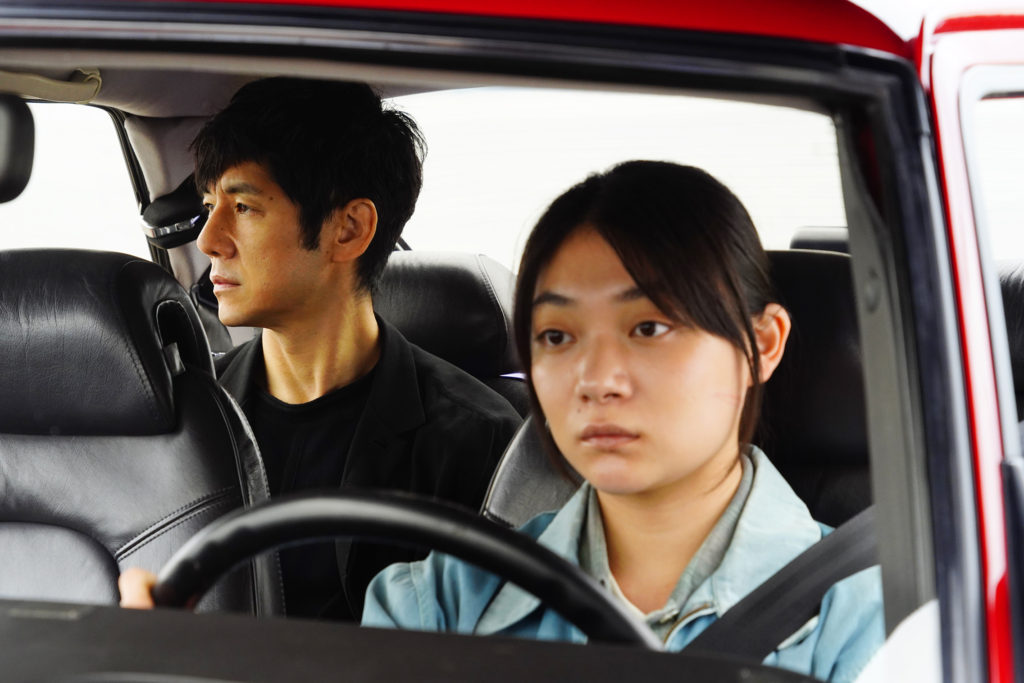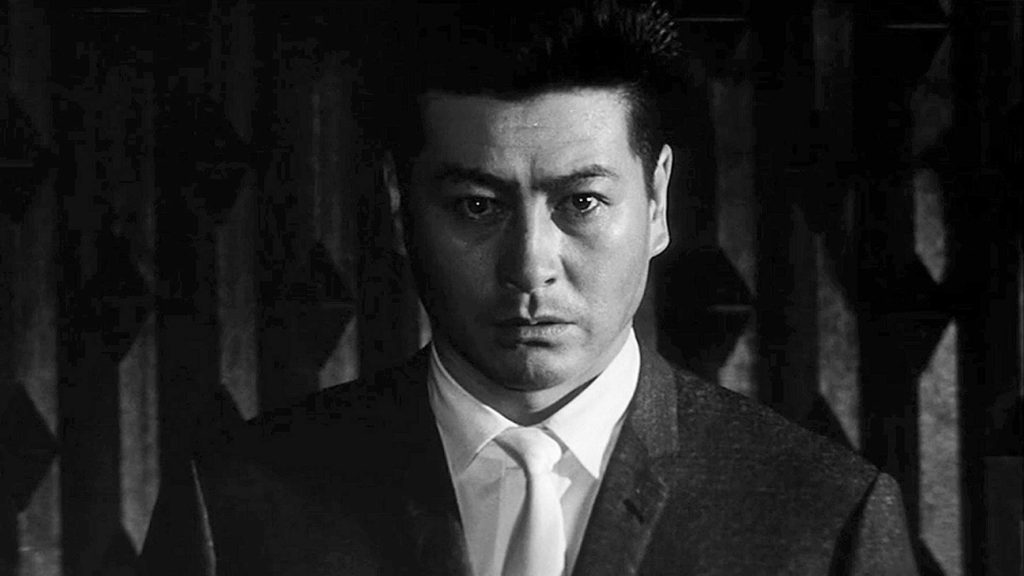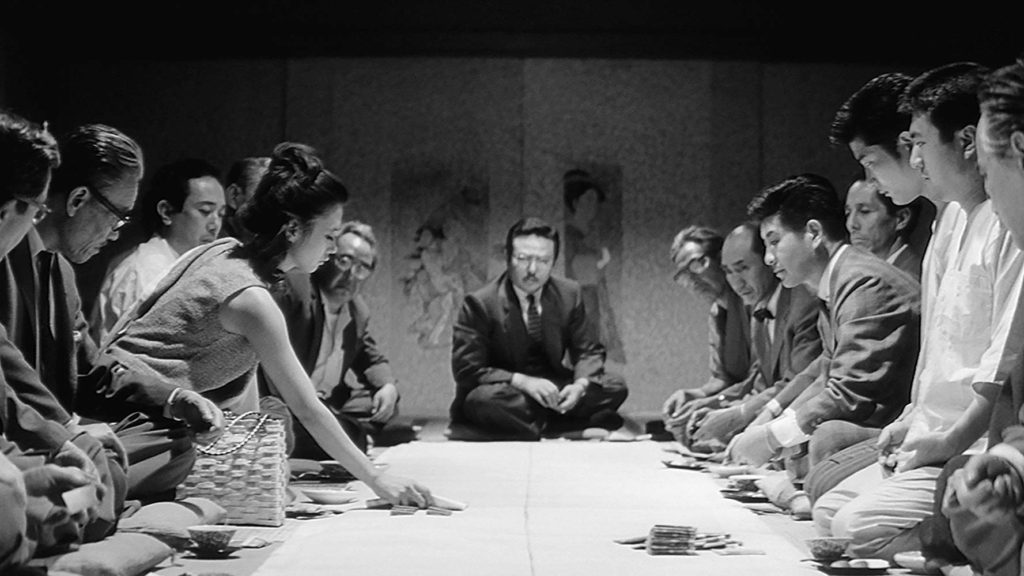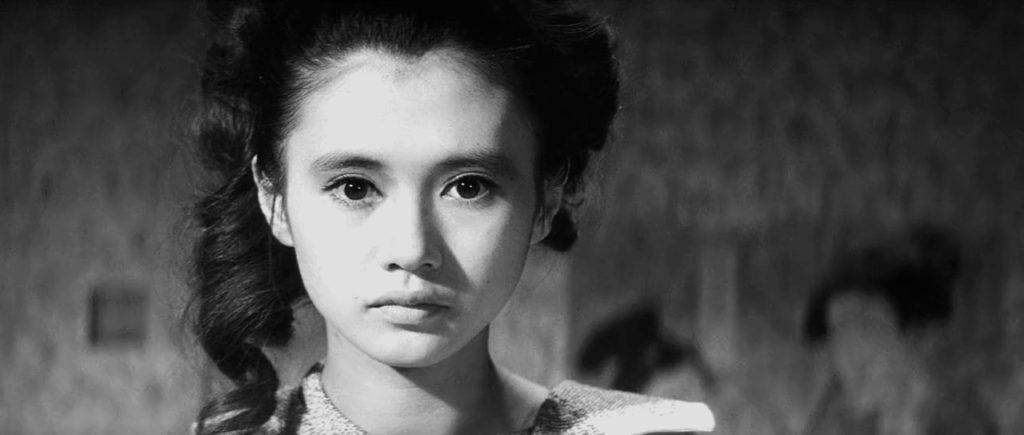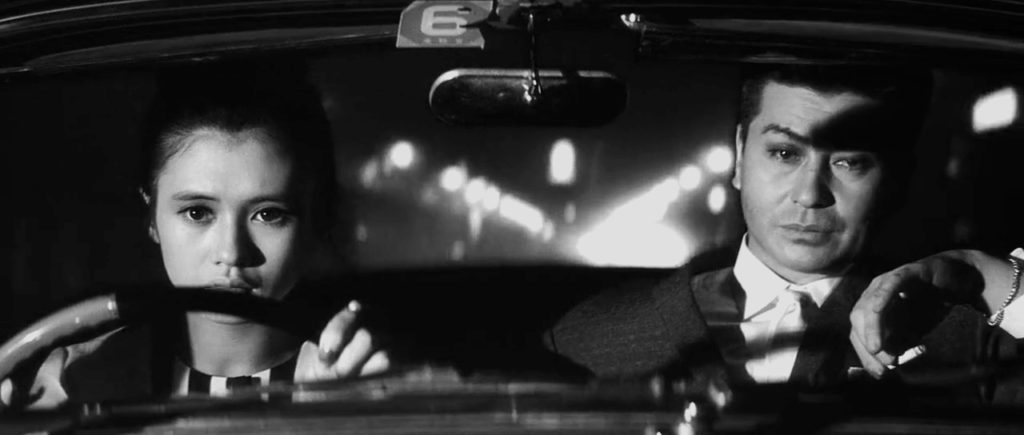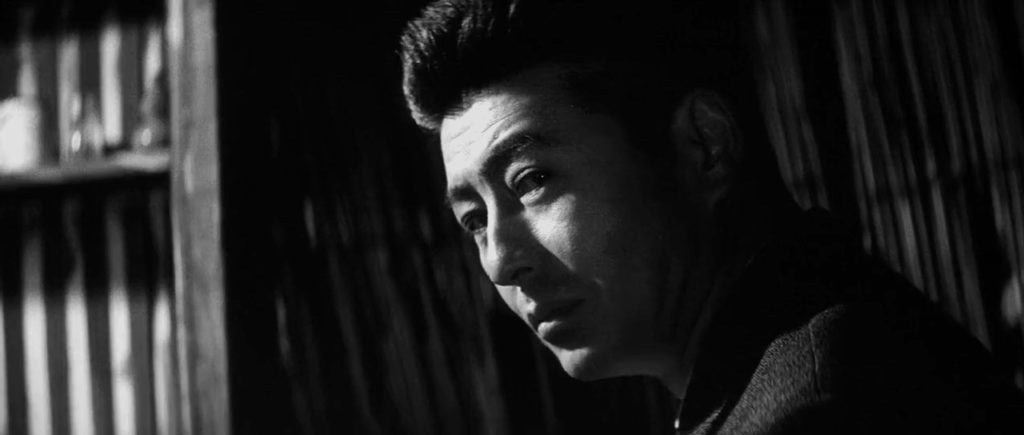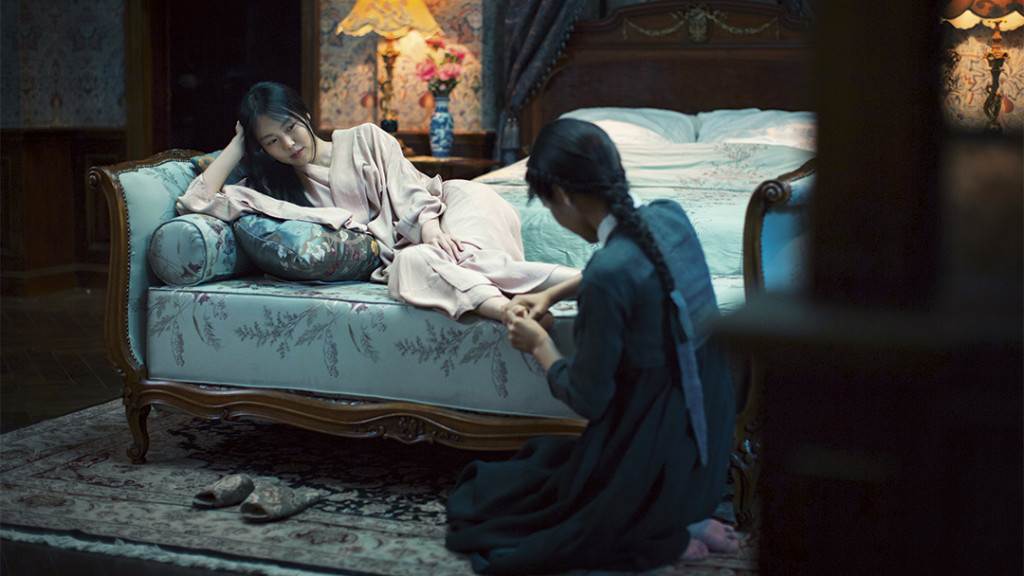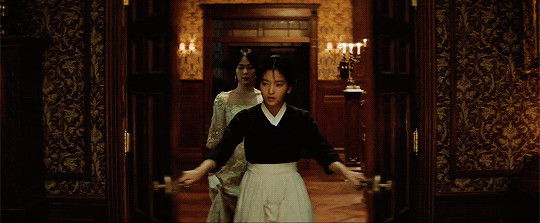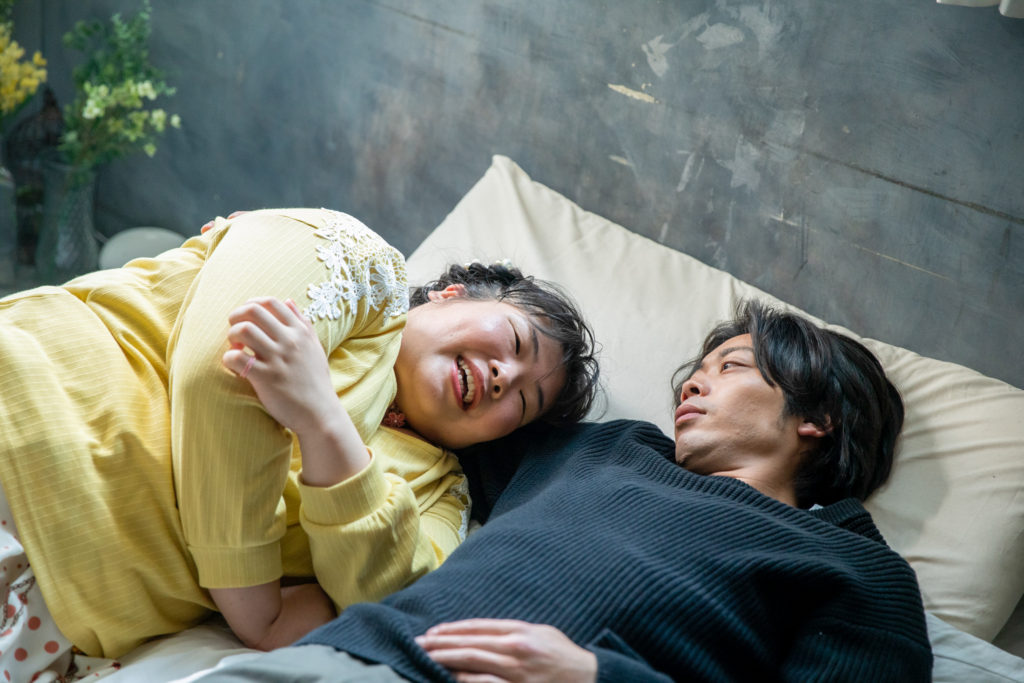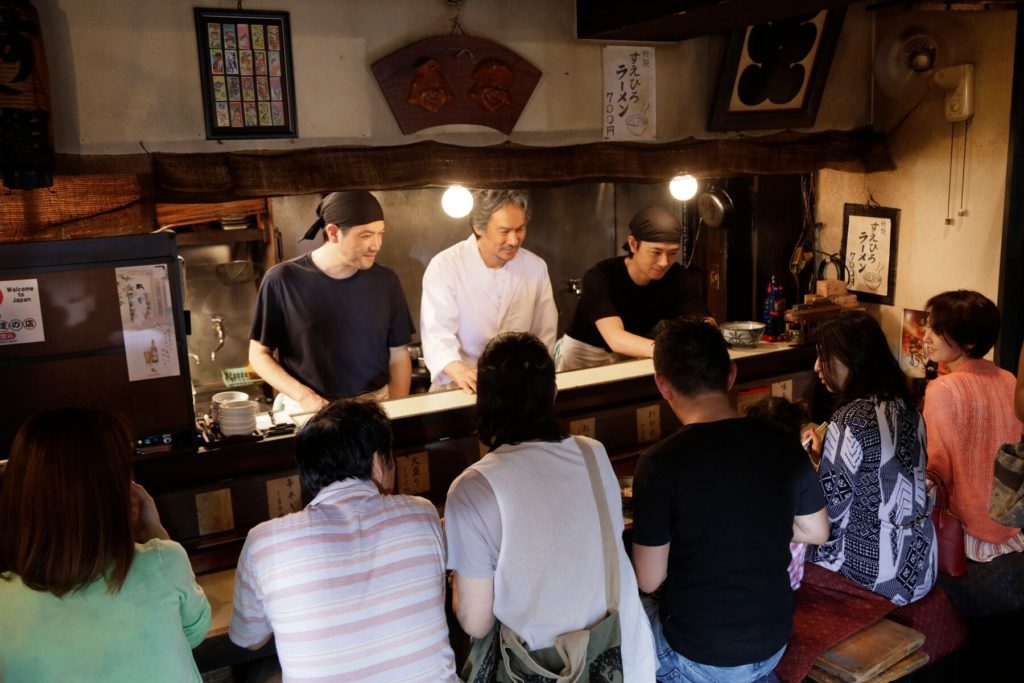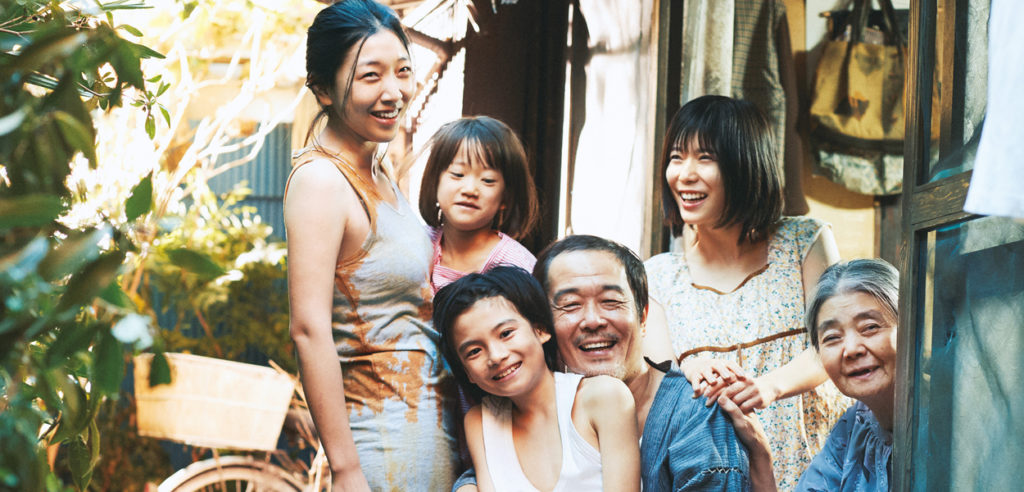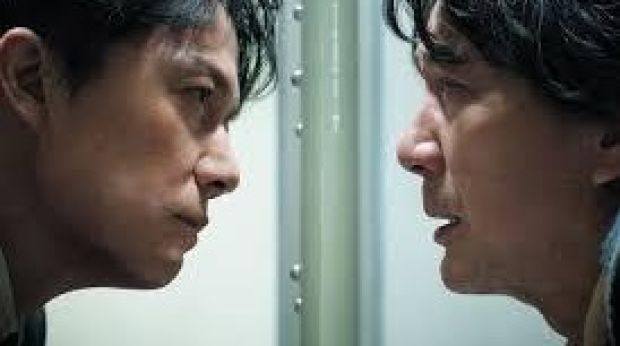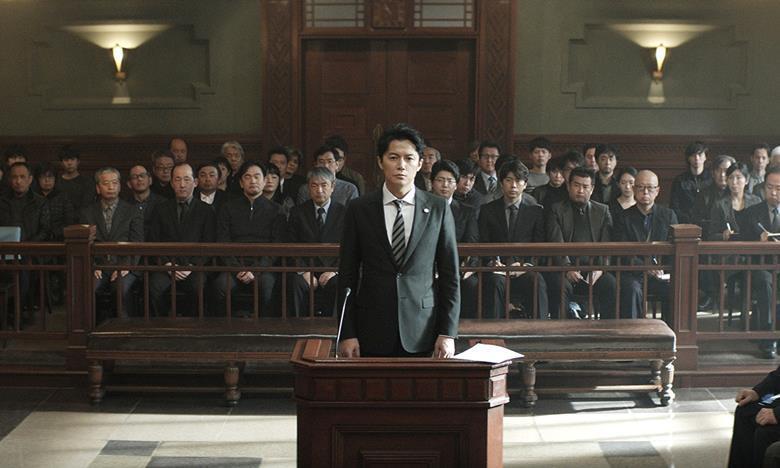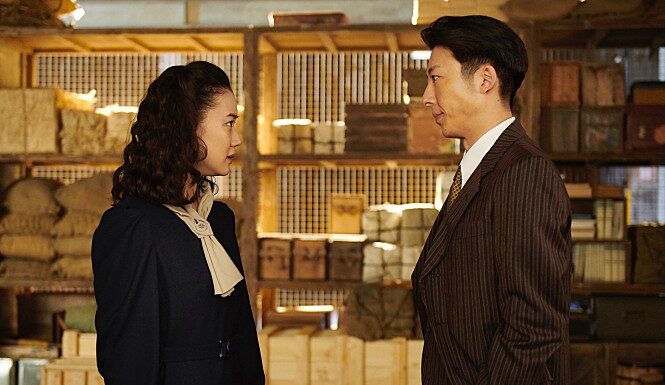
In the espionage non-thriller Wife of a Spy, the prosperous Yusaku (Issey Takahashi) runs a business in international commerce. That is increasingly uncomfortable in 1940 Japan, where the militaristic government is whipping up xenophobia and bullying those Japanese who interact with foreigners.
Yusaku is a smooth cosmopolitan who won’t be intimidated. He keeps on the road, even to dangerous hotspots like Manchuria. That’s not okay with his loving, apparently frivolous wife Santoko (Yû Aoi), who, frustrated by his absences, is getting increasingly suspicious about what he’s really up to.
She finally stumbles upon his secret – he and his nephew Fumio (Ryôta Bandô) are outraged by the war crimes of the military government and are engaged in a secret plot to undermine it. Santoko, who was been a mere adornment, becomes herself embroiled.
Regrettably, Wife of a Spy is more of a snoozer than a thriller. It just takes director Kiyoshi Kurosawa (no relation to Akira) too long to get through the first and second acts.
Worse, I found the sudden dramatic lurches in the performances by Yû Aoi and Ryôta Bandô very off-putting. I don’t think I missed something cultural because I’ve watched a lot of Japanese cinema, and haven’t seen anything like this before. It’s like the director of a high school play says, “Now throw yourself on the floor!” Yû Aoi is a popular and lauded actress who has five nominations and two wins in the Japanese equivalent of the Oscars. I’m blaming Kurosawa.
I’m also mostly alone in my opinion. Wife of a Spy enjoys a high score of 79 on Metacritic and was a New York Times Critic’s Pick. Wife of a Spy’s advocates may be seduced by the film’s undeniable beauty. The cinematography by Tatsunosuke Sasaki, production design by Norifumi Ataka and the costumes by Haruki Koketsu are exquisite.
Here’s a novel aspect to Wife of a Spy. The hero is a traitor to his nation. Yusaku loves Japan, hates the Japanese government, and believes Japan will be better off the sooner that Japan loses the war. So, he is trying to hasten the defeat of his own nation’s military, which is the definition of traitorous. I haven’t heard that this was hugely controversial in today’s Japan.
Wife of a Spy is streaming on Amazon, AppleTV, Vudu, YouTube and KinoNow and is included on MHz.
